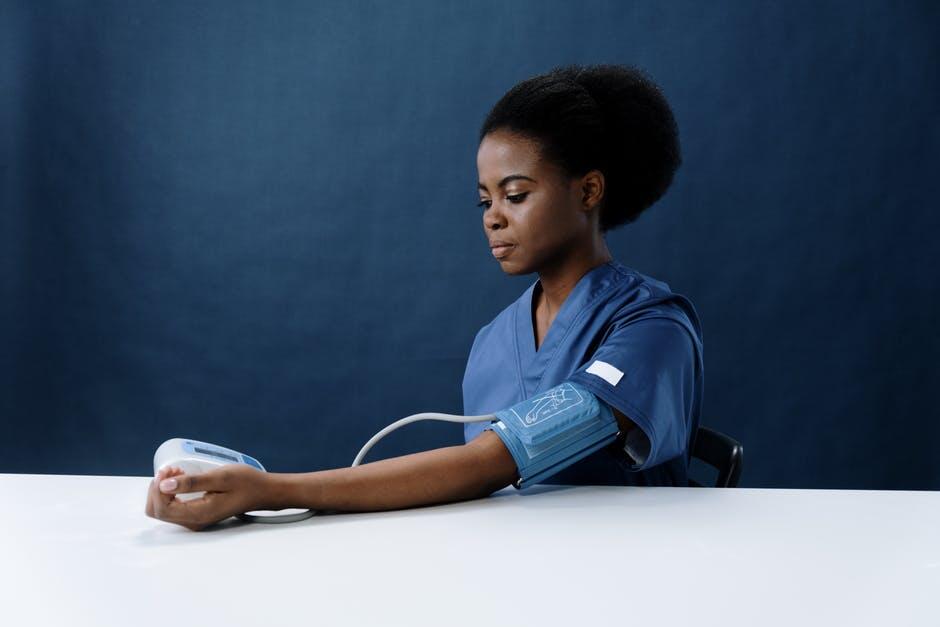
Eye Strain Headaches and How To Prevent Them

When you were a child, did your parents ever tell you not to sit too close to the television?
If they did, they might have believed the myth that sitting close to the TV will damage your vision. The truth is, watching TV up close will not harm your eyesight, but it may cause eye strain. Another thing that contributes to eye strain is looking at a digital screen for too long.
Now, some people also experience what is called an eye strain headache. Here, we’ll talk about eye strain headaches, how they differ from other headache types, and what you can do to prevent them.
What Are Eye Strain Headaches?
When your eyes are overly tired, they can cause headaches. If you’ve never experienced an eye strain headache before, though, you may wonder how it’s different from a migraine attack. You might also be curious if an eye strain headache feels similar to a cluster or tension headache.
An easy way to tell if eye strain is to blame for your headache is to look for other related symptoms.
Do you also suffer from dry eyes? Maybe you’re experiencing sensitivity to light and temporary blurry vision? Perhaps you find it challenging to keep your eyes open, or you suddenly have watery eyes.
The good news is these eye strain headache symptoms don’t usually indicate an injury or a severe problem. Resting your eyes should make these symptoms ease up or go away. Of course, if you still have a headache or your symptoms have worsened even after giving your eyes frequent breaks, you should consult your doctor.
Is It an Eye Strain Headache or Something Else?
Suppose you don’t have dry eyes or any other symptoms that could tell you it’s an eye strain headache. If you want to know if it’s not a migraine or another type of headache, here’s what you need to keep in mind.
First, an eye strain headache is milder compared to migraine or other headache types. You’ll also know it’s eye strain-related if your headache comes after reading, watching, working on a computer screen, or any prolonged eye activity.
Second, eye strain headaches improve with rest. Relief might not come immediately after, but symptoms will go away when your eyes have relaxed.
Third, eye strain headaches don’t come with vomiting or nausea. If you feel pain behind your eyes, that’s normal. However, if your eye pain is accompanied by pain in your head and neck, it’s most likely a tension headache and not caused by an eye strain.
Eye Strain and Headache: What’s the Link?
Prolonged eye activity overworks the muscles in and surrounding your eyes. These muscles aren’t any different from the other muscles in your body. They can get sore, and in some cases, trigger spasms, causing headaches.
One of the most common culprits for eye strain headaches is looking at a digital screen for a long time. For example, if you’re binge-watching a series on Netflix or using your phone, you might not notice it, but you may be too focused on what you’re watching that you forget to blink. When you blink less often, your eyes don’t get enough lubrication.
They get dry, which can get worse if you don’t take breaks. Digital eye strain is also more common with users who don’t adjust their screen settings. Their screens might have too much glare, or the contrast may not be enough between the background and the screen text.
Other Prolonged Eye Activities to Avoid
Digital screens aren’t the only things that can cause eye strain. Drawing, painting, sewing, etc., can tire out your eyes if you work on your projects nonstop.
Driving long distances can also overwork your eyes, as well as not having vision problems corrected. If you’re nearsighted, farsighted, or have astigmatism, and haven’t had an eye check for a long time, consider going to an optometrist asap. Wearing the wrong prescription glasses will cause your eyes to work harder, tiring them out faster.
Another thing you’ll want to avoid is working in poor light. That doesn’t always mean dim lighting. Lights that are too bright may also cause eye strain headaches, so be sure you’re working in a well-lit environment.
How to Prevent an Eye Strain Headache
If your work requires you to look at a screen for a long time, remember to take frequent breaks. Aim to rest your eyes every twenty minutes.
You could also go by the Pomodoro technique (i.e., 25-minutes of activity, followed by a 5-minute break). Use those brief breaks to close your eyes, or better yet, go for a quick meditation session.
You’ll also want to moisten your eyes by blinking or using artificial tears. Adjusting lighting if you’re using your phone or laptop is also an excellent way to prevent eye strain headaches. Last but not least, consider not wearing contact lenses for a long time.
Bonus: How to Relieve Headaches Caused by Strained Eyes
Sometimes, you may forget to take breaks, blink, or adjust your lighting. If you get an eye strain headache but have a deadline to meet, you can take an over-the-counter painkiller. You can also place an icepack or cold towel on your forehead for quick relief.
Other things that could help ease your headache include massaging your temples, neck, or shoulders. Drinking water can also help, as well as using anti-radiation glasses. These can help reduce glare from screens and protect your eyes from blue light.
Remember: Eye Can Do It
Now that you know more about eye strain headaches don’t forget to follow the tips we’ve mentioned to avoid overworking your eyes. Rest them often, use screens wisely, and see a specialist if it’s been a while since you had an eye exam.
For more eye care tips and advice, check out how to take better care of your eyes. We also have other health articles that might interest you. Feel free to browse them to learn more about taking charge of your health.
Related Posts


A Complete Look at the Most Common STIs
November 13, 2025